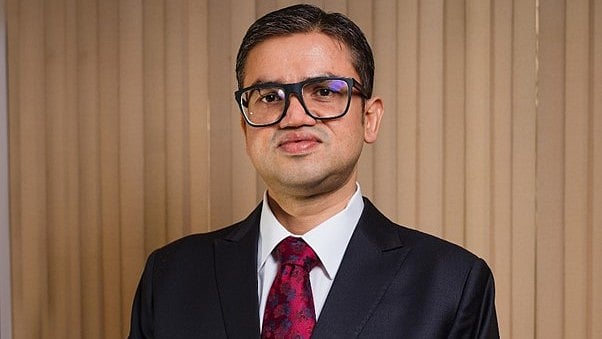Jatin Mahajan : Managing Director (J Mitra & Company) and Secretary (Association of Diagnostics Manufacturers of India – ADMI) |
The Indian MedTech industry is on a fast-paced growth trajectory after having proven its mettle during the COVID-19 pandemic. Some projections suggest the MedTech market could reach $50 billion by 2030, playing a critical and transformative role in ensuring healthcare for all.
The industry’s prospects are very promising, and to ensure this growth curve, India needs a robust regulatory framework that provides safety and trust while promoting innovation and growth through a conducive and complementing ecosystem.
India’s MedTech Regulatory Framework
CDSCO primarily regulates medical devices and diagnostics in India. Other related Government bodies include – the Ministry of Health and Family Welfare, the Indian Council for Medical Research (ICMR), and the Bureau of Indian Standards.
India’s implementation of the Medical Devices Rules 2017 was a critical step towards standardizing safety and quality. By categorizing medical devices based on risk and streamlining the approval processes, India provided clarity that was previously missing.
The National Medical Devices Policy 2023 enhanced the existing regulatory structure and aligned the sector with flagship initiatives like Atmanirbhar Bharat, Make in India, and Production Linked Incentive (PLI). The government established medical device parks to boost infrastructure and R&D, MedTech Mitra for turnkey handholding of MedTech entrepreneurs, and the Export Promotion Council for Medical Devices to create a conducive global opportunity.
These initiatives have catalyzed the growth of the Indian MedTech industry, but numerous challenges remain.
Challenges
1. The number of compliances, agencies, and standards an SME has to face and tackle makes manufacturing very daunting. This saps time, energy, and resources, leaving no time for innovations.
2. In the absence of quality domestic raw materials, importing them increases costs, delays, and uncertainty, which negatively impacts manufacturing timelines and product pricing.
3. Talent Shortages are a harsh reality that we have to face, especially in R&D. They negatively impact an organization’s ability to work to its full potential.
4. Indian companies must adhere to multiple international standards, including USFDA, EU MDR/IVDR, CE, and UKCA. The cost of meeting all their requirements, such as clinical trials, documentation, audits, etc., is enormous and impacts the bottom line.
5. Inconsistencies and faulty implementation across the states in India create uncertainties in business and forward-planning ability. This tends to derail the objective of well-intentioned policies.
Opportunities
Despite the challenges, Indian MedTech has much to look forward to –
1. Last year, the Government launched Initiatives like the National Policy on R&D and Innovation and PRIP. These will enhance R&D opportunities and drive innovation in the Indian MedTech space. It also launched the MedTech Mitra platform to fuel the development of cost-effective and accessible domestic medical devices by supporting innovators in the pre-launch phase.
2. Digital Health Integration—During the COVID-19 pandemic, the Indian Government realized the true potential of telemedicine and digital health solutions. These technologies were great enablers in powering the Government’s war against the pandemic. The Government is now focused on implementing these integrations with the existing healthcare infrastructure to improve healthcare availability in rural areas.
3. Potential as a Global Manufacturing Hub – India has long been considered the global hub for frugal engineering because of its cost-effective manufacturing. India has emerged as a robust option in the ongoing China Plus One narrative and will create a strong global footprint soon.
4. Public-private partnerships between government, academia, and industry will drive innovation and improve skill development. This trend is strongly emerging.
Addressing the challenges while ensuring patient safety and delivering affordable medical technologies can create a strong growth ecosystem. Indian MedTech can become a significant player in global medical technology.
Jatin Mahajan – Secretary, Association of Diagnostics Manufacturers of India (ADMI)
